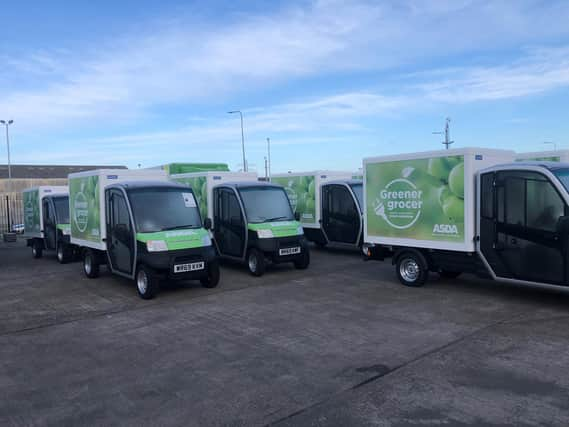Asda in Kettering and Rushden adds hundreds more order slots with new electric vans


Asda has increased the number of click and collect orders available at Kettering and Rushden by adding electric vehicles to their fleet of vans.
The supermarket is using the new electric vans to move food between the store and the click and collect lockers, a task that was previously done using home delivery vans.
Advertisement
Hide AdAdvertisement
Hide AdA spokesman for Asda said: "By using these vehicles to fill the lockers, the vans are freed up to deliver even more orders to customers' homes."
The supermarket has rolled out the electric vans at 48 stores, including Kettering and Rushden, and will create 27,000 more click and collect orders a week across all the stores.
On average, that should mean there will be a few hundred more slots available in Kettering and Rushden.
While shoppers' habits are thought to be returning closer to normal buying levels, the announcement will be welcome news to Kettering and Rushden residents who have been struggling to find delivery or click and collect slots.
Advertisement
Hide AdAdvertisement
Hide AdThe spokesman said: "Fully road legal, the vehicles can travel up to 65km in a single charge and will cover between 6km and 8km per day. They have been built by Danish manufacturer Garia and weigh just 900kg."
Senior director of operations development for online grocery at Asda, Emma Ford, said: "We are always looking for ways to innovate in areas where customers care, while still providing an excellent customer experience."
The new electric vans also help Asda to become greener, and Ms Ford added: "This is just one of many ways Asda is looking to improve sustainability in stores and has already cut energy usage by 20 per cent."
Currently, the retailer uses the same amount of electricity as it did in 2005, despite its estate being 200 per cent bigger.